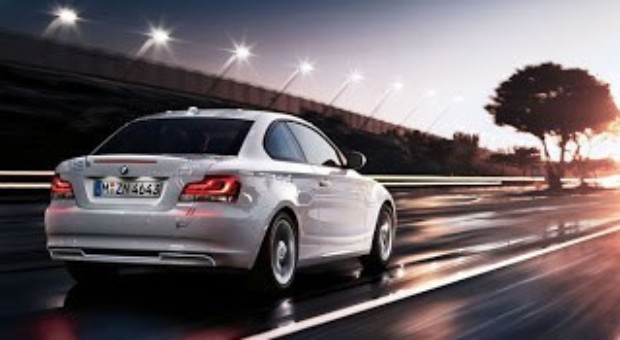
 |
| BMW Electro-Mobility History |
The electric dream began back in 1969, with an electric BMW 1602- a vehicle that was used during the 1972 Olympics in Munich.
Over the last 40 years, the BMW Group has continually examined means of putting that dream into wider practice.
A variety of prototypes and test set-ups have all provided invaluable learnings.
One such trial was with the BMW E1, an experimental vehicle which, as early as 1991, displayed many of the features of modern electric vehicles and was used to explore the benefits and disadvantages of the electric drive in practice.
However, it was the introduction of lithium-ion battery technology in 2004 that made the electric car a viable mobility option: the new batteries, already proven in laptop and consumer battery applications, solved the age-old issues of cycle stability and load resistance.
Assembled in series of 100, they were able to provide the currents that electric drive trains require (up to 400 Amps – about 25 times that of a domestic source).
BMW Group seized the opportunity the new technology presented by initiating project i — a small, dynamic think tank whose task is to develop sustainable mobility solutions for the future needs of the world’s drivers.
One such initiative was the MINI E, which has been gathering the feedback of customers involved in its field trials since mid-2009.
BMW will be giving more drivers a glimpse of things to come with a second and larger market test in the summer of 2011 involving the BMW ActiveE. This will generate even more feedback and provide an opportunity to test an early version of the BMW i3 powertrain.
Learnings from the MINI E and BMW ActiveE field trials will be incorporated into the launch of the BMW i3 and BMW i8 plug-in hybrid, under the new sub-brand BMW i, in autumn 2013.
This new dawn in sustainable mobility will centre around the high-tech BMW plant in Leipzig, where the BMW i3 will be built.
MINI E – First BMW Group e-Mobility Test Project.
With more than 600 MINI E models, BMW Group is currently running one of the largest customer field trials of electric vehicles. But it is not just the drivers that BMW Group is working with. In the countries where trials are taking place, the company works closely with local energy producers, universities and governments.
The MINI E is not just about giving customers the opportunity to experience a completely new style of personal mobility, but also about developing the necessary infrastructure with our industry partners. For example, energy companies can now offer customers the option of running their vehicles on “green”, renewable electricity.
The first results of the trials are very encouraging and clearly show that e-mobility is already fit for everyday use.
Source: BMW-i




















